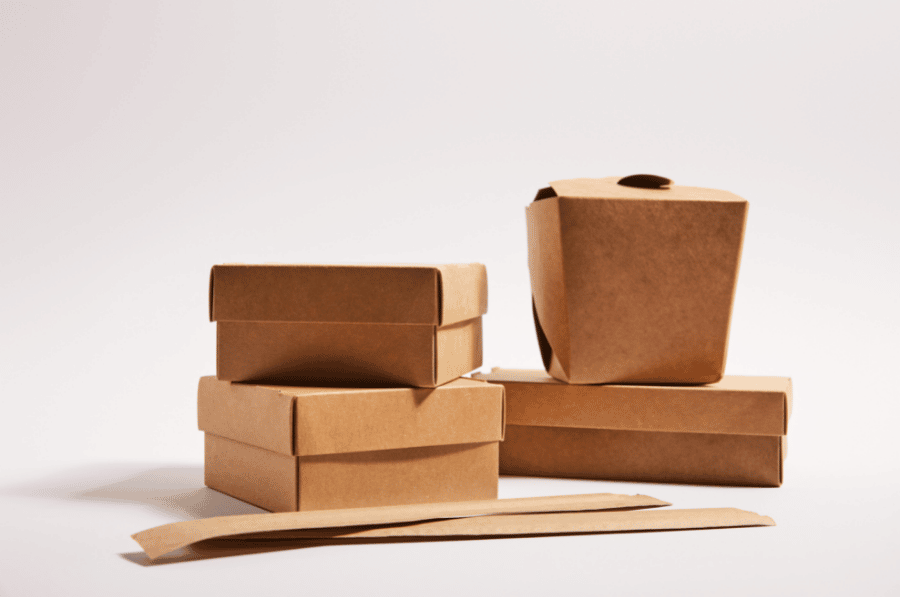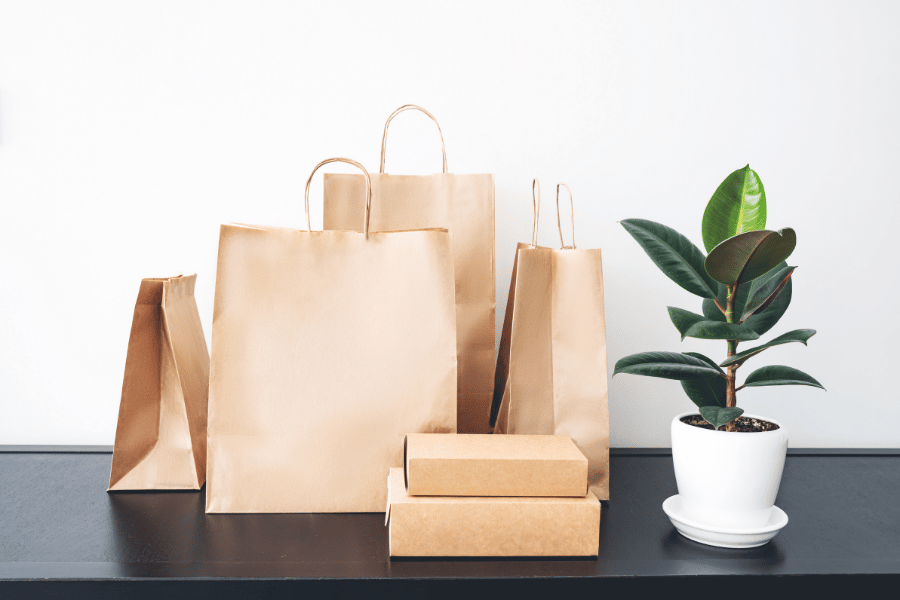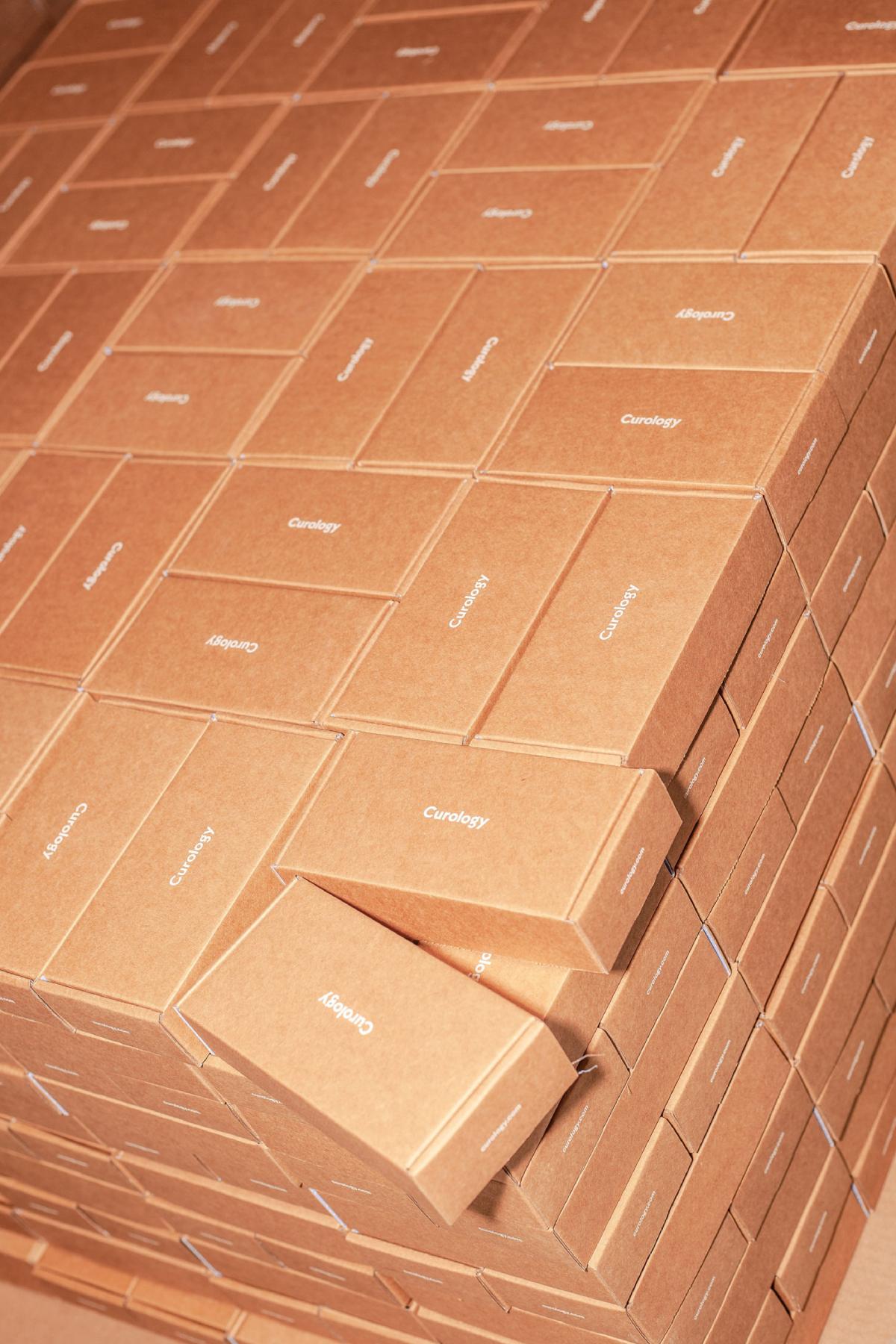Insights into Paper-Based Flexible Packaging
Paper-based flexibles are all the new rage nowadays. With a renewed vigour towards an anti-plastic mindset among consumers and conglomerates alike, the need for flexible packaging has soared to a new height. With higher recyclability and multiple applications, substitution with flexible packaging comes with numerous perks for everyone. This article will explore its advantages and how it unlocks a new level for global sustainability needs.
Lesser worries about recyclability with flexible packaging
As paper-based flexible packaging slowly dawns on the market and replaces conventional packaging, the potential for recyclability improves. Not only do these materials offer better recyclability than traditional flexible packaging materials, but paper-based flexible packaging can also be repurposed for several applications. Also, being paper-based, it causes much less harm to the environment when compared to plastics.
Coupled with modern technologies and designs, paper flexible packaging can be a long-term solution for brands across the globe. Recent highlights indicate that the B2C flexible market could see a 15 percent substitution by 2040. In the case of paper packaging, the global rate sticks around 60 per cent. Plastics have always been the dominant force in the packaging sector thanks to their low cost and easy manufacturing. Also, plastic recyclability is only around 10 per cent.
However, its lack of degradability and environmental concerns have caused brands to think of newer and more innovative ways of realigning their packaging format. However, this does not mean flexible packaging is flawless. Coatings, protective films, etc can make recyclability for flexible packaging a chore for many. To combat this, manufacturers are looking for sustainable ways to better implement biodegradable films and lamination to ease the pressure on recycling plants and open up new paper applications.
Leverage existing technologies
The average global packaging for paper recyclability rate is around 60 per cent which is much more than what plastics offer. There is already a tremendous amount of infrastructure for paper which is far more advanced than for plastics. This means that governments and businesses will need lesser investments and resources to recycle paper.
A responsible substitution
The awful recyclability and high food contamination rates have paved the way for paper-based flexible packaging solutions. Recent reports show that around 15 percent of the paper substitution would be technically possible for the B2C flexible market. Although plastic coatings and laminations can prove to be a challenge for recyclability concerns, collaborative efforts from the big players have resulted in the development of biodegradable coatings and lamination to offer better sustainable solutions. These improved barrier properties will help to
- Allow for the inclusion of paper-based flexibles into the composting and recycling processes and avoid impeding paper’s ability to biodegrade if it ends up in the environment.
- Open up new possibilities to expand the applications of paper.

Paperboards: The new rage
Over the past two decades, the demand for paperboards has seen a significant rise, outpacing traditional writing and printing paper. To steer away the strain from the already strained system, new strategies for reduction, virgin reduction, and regenerative sourcing need to be put in place. This will ensure that the substitution causes no extra pressure on the global demand for virgin wood pulp.
With an 80 million ton increase since 2000 for the production of paper and paperboard and a 91 million ton increase in packaging formats, the global product volumes show the increased demand for this wonderful green substitute.
This will ensure that the substitution causes no extra pressure on the global demand for virgin wood pulp. With an 80 million ton increase since 2000 for the production of paper and paperboard and a 91 million ton increase in packaging formats, the global product volumes show the increased demand for this wonderful green substitute.
If we are truly looking at paper-based flexible packaging as the true alternate, strategies need to be put in place to ensure there is no extra stress on the demand for virgin wood. Let us take a look at some of the strategies to help realize this objective.
- Reduction: This is perhaps the simplest method to reduce the strain. It is important that prioritizes reduction by removing packaging where it is not needed or using reusable packaging.
- Recycled content: In case, there is no way to reduce the need for paper-based flexible packaging, it is preferable to use recycled materials.
- Agricultural residues or other by-products: Resources like bagasse, wheat, straw, etc can be a wonderful substitute for wood pulp. These products not only help to reduce the reliance on forests but also helps to reuse products that would otherwise have been discarded.
- Diversified and certified wood pulp: If there is no other choice but to source virgin wood pulp, it is important to source them from responsibly grown forests and other ethical sources. This ensures that there is no extra pressure on endangered forests.
Any flexible packaging strategy must continue to focus on transitioning away from single-use flexibles due to the inherent limits of substitute alternatives. No matter what material a single-use flexible is made of, its continued usage will always be problematic from the standpoint of the circular economy due to the inherent constraints of recycling and composting systems.
With new improvements and breakthroughs in the industry, there are new updates seeping in every day. Stay on top with the industry updates and source only the most sustainable products from Coniferous. We bring you all the latest and greatest trends the industry has to offer. Stay tuned to get more interesting titbits from the industry only with Coniferous.


